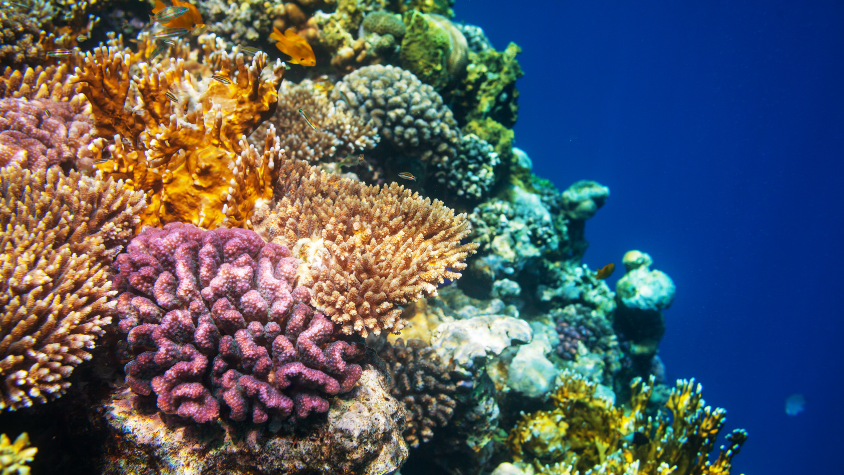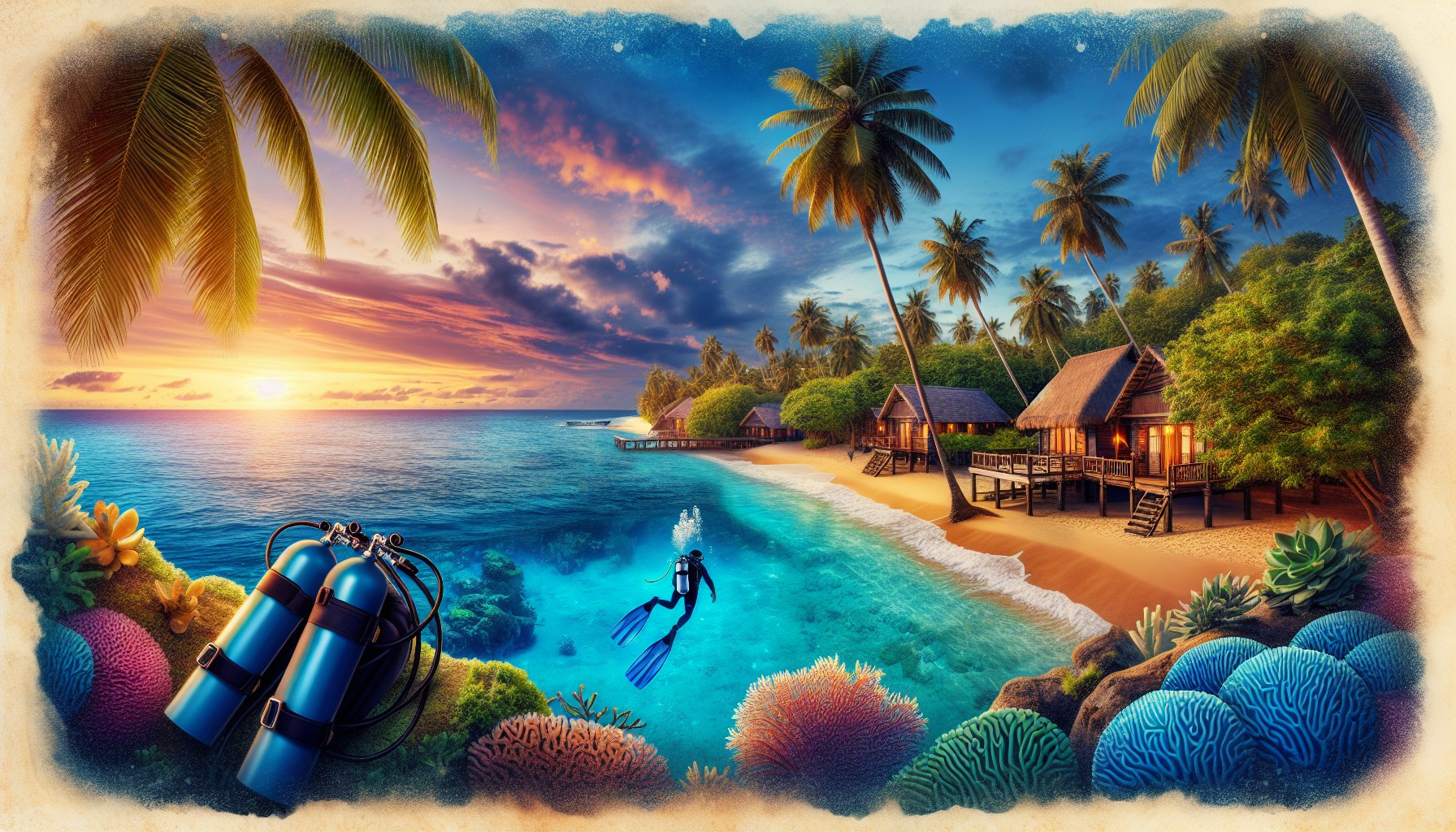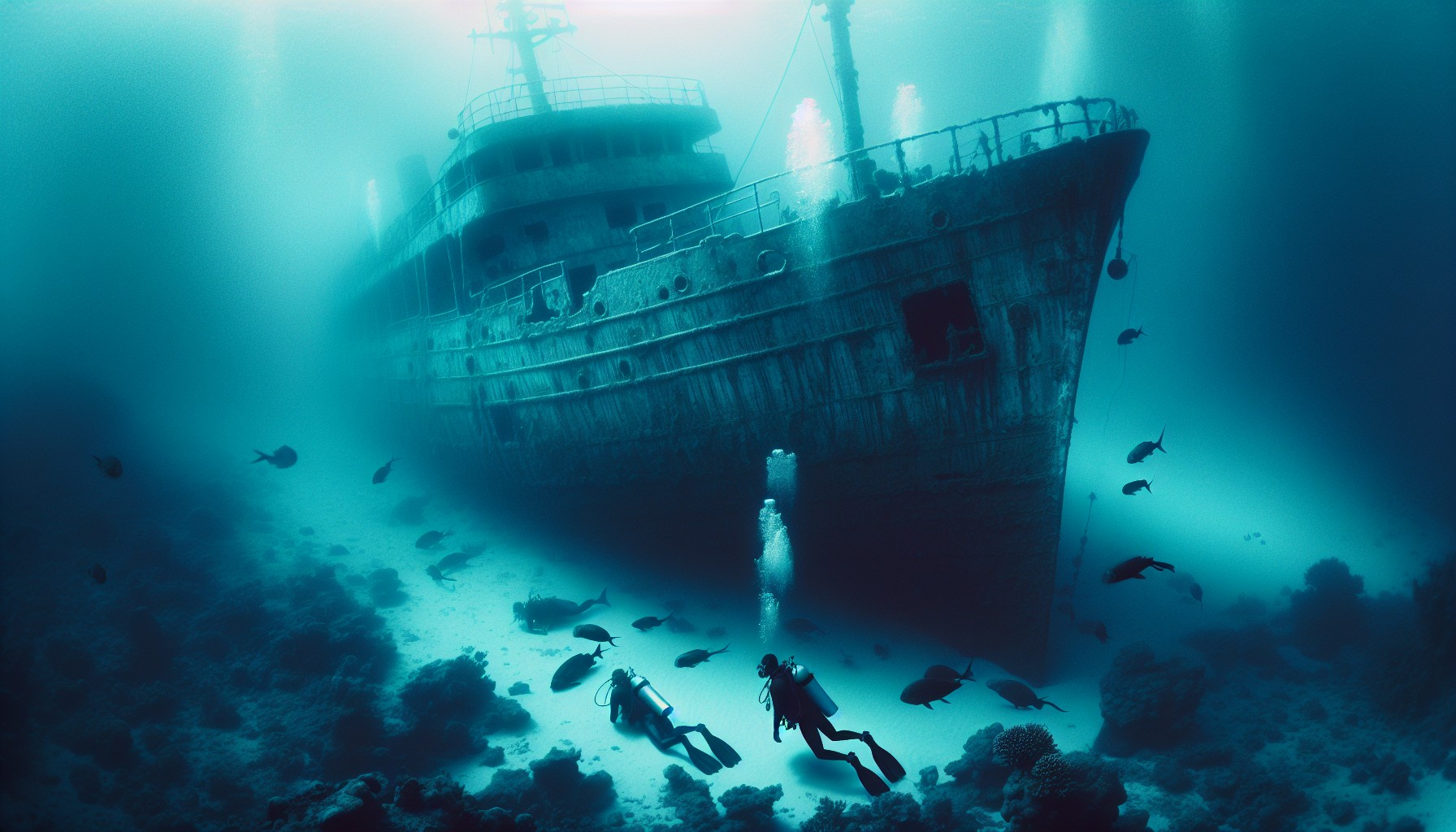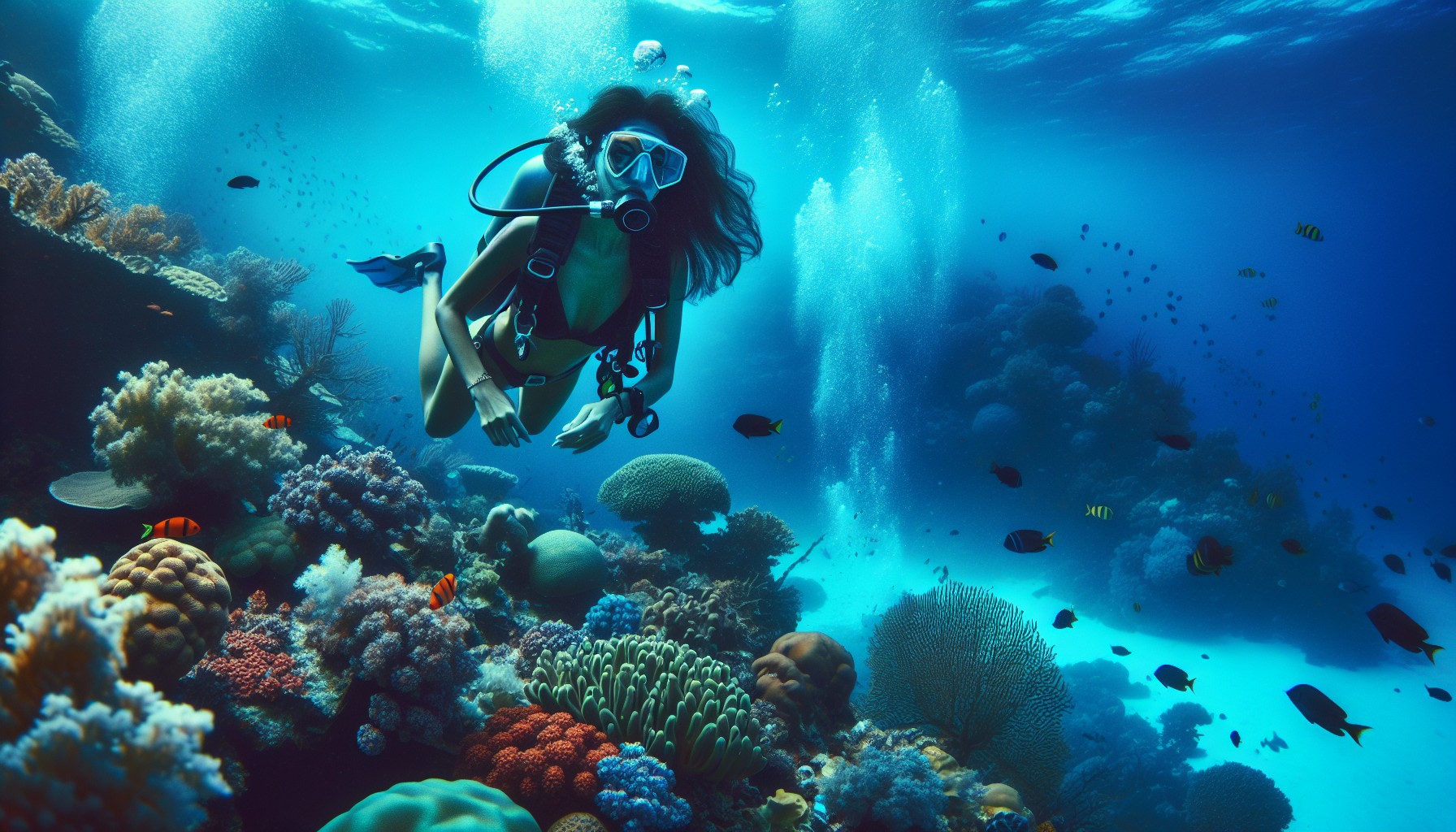Introduction
Nestled in the heart of the Sulu Sea, the Tubbataha Reefs Natural Park stands as a testament to the Philippines’ commitment to environmental conservation. This marine and bird sanctuary, a UNESCO World Heritage Site since 1993, is a sprawling 97,030-hectare protected area, encompassing the Tubbataha and Jessie Beazley Reefs. Let’s embark on a journey to discover the unique features and ecological marvels that make Tubbataha Reefs Natural Park a globally renowned destination.
The Pristine Atoll Reef
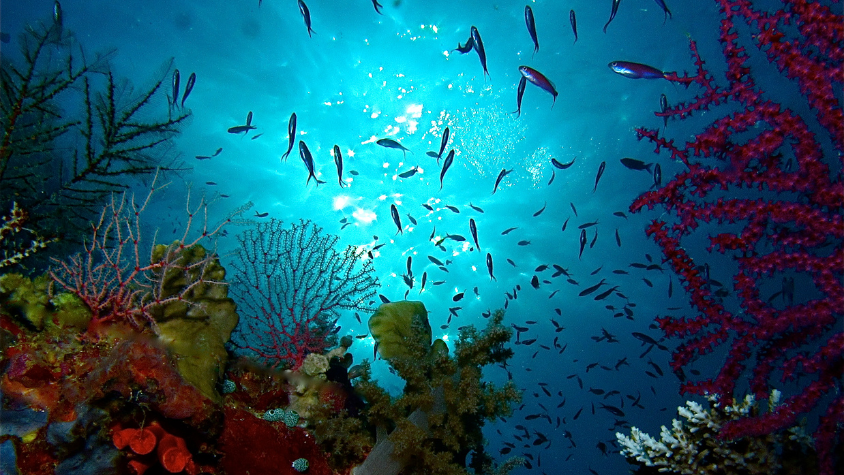
A Geological Marvel
Situated on the Cagayan Ridge, the Tubbataha Reef is not just a coral formation but a true atoll structure. Composed of extinct underwater volcanoes, this atoll reef offers a glimpse into the geological wonders that shape our planet.
Biodiversity Hotspot
Dive into the heart of marine diversity as you explore the Tubbataha Reefs Natural Park, home to over 1,200 marine species, including sea turtles, sharks, and an extensive array of fish. The park’s unique ecosystem supports a rich biodiversity, making it a haven for marine enthusiasts and researchers alike.
The Dive Sites
1. South Atoll
Situated at the southern end of Tubbataha, the South Atoll is renowned for its vibrant coral formations and diverse marine species. Divers can explore intricate coral gardens, encounter schools of colorful reef fish, and, if lucky, spot larger marine life such as sharks and rays.
2. North Atoll
The North Atoll is distinguished by its dramatic underwater terrain. Here, divers can navigate through steep walls adorned with a plethora of soft and hard corals. The depths of the North Atoll are often frequented by pelagic species, offering a thrilling experience for those seeking encounters with larger ocean dwellers.
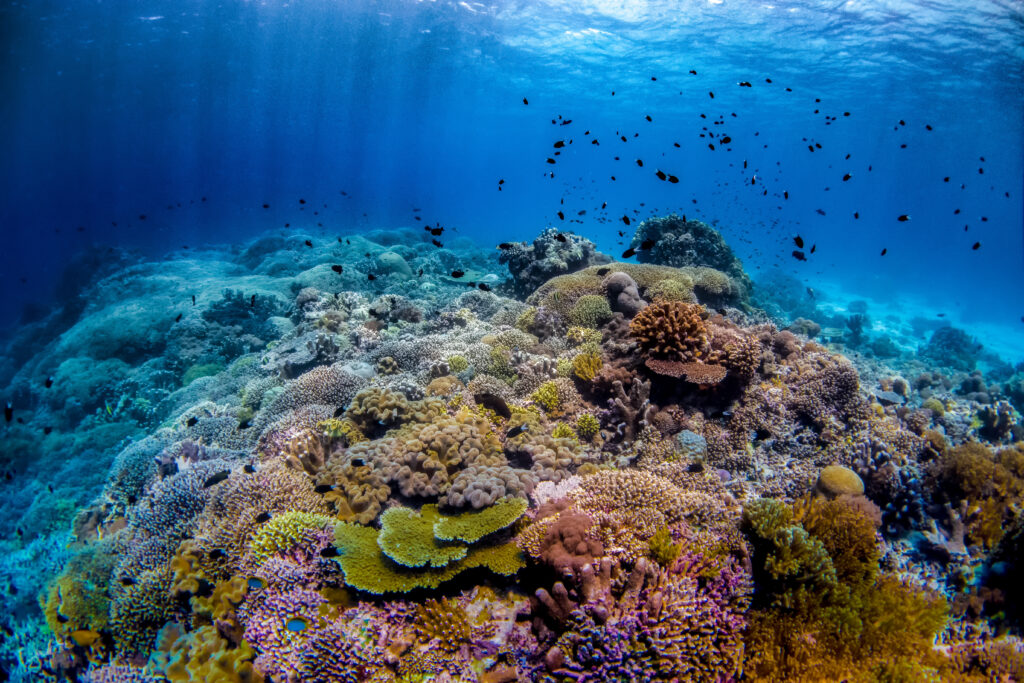
3. Delsan Wreck
For a unique diving experience, the Delsan Wreck adds an element of intrigue. This sunken cargo ship, resting on the ocean floor, serves as an artificial reef, attracting a variety of marine life. The wreck is cloaked in vibrant corals, making it a captivating site for underwater photographers.
4. Jessie Beazley Reef
Located within the Tubbataha Reefs Natural Park, Jessie Beazley Reef is an extension of the South Atoll. Divers can explore a mix of coral formations and sandy patches, creating an ideal habitat for diverse marine species. This site is often frequented by sharks, making it a hotspot for shark enthusiasts.
5. Black Rock
Black Rock is a submerged pinnacle rising from the depths, creating a unique underwater topography. This site is known for its strong currents, attracting pelagic species like barracudas and trevallies. Experienced divers will appreciate the challenge and the chance to witness the thriving marine ecosystem.
Conservation Efforts and Access
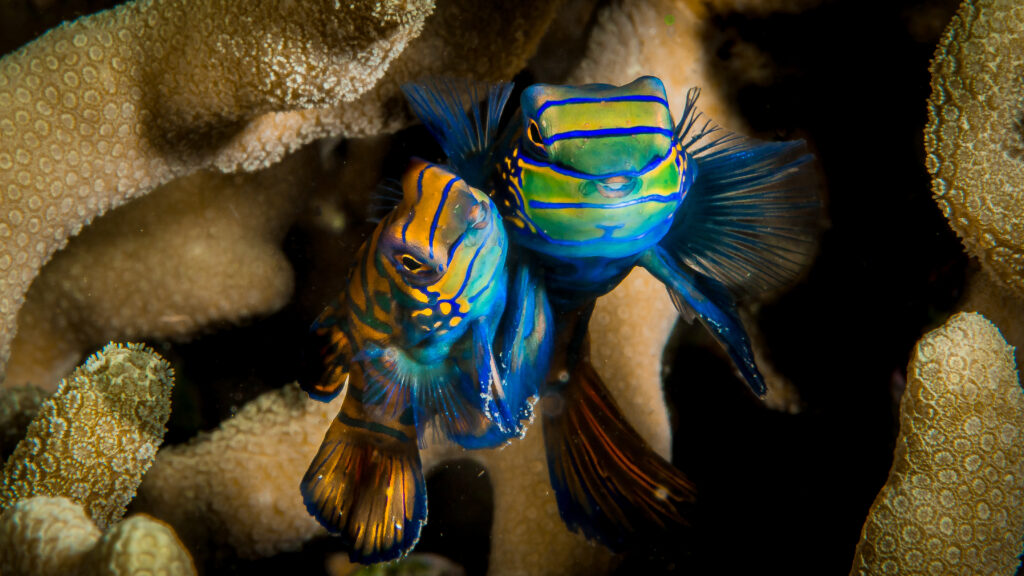
Remote Beauty
As a marine protected area, Tubbataha Reefs Natural Park remains pristine, thanks to its remote location. Accessible only by liveaboard, the journey from Puerto Princesa, Palawan, takes approximately 10 hours each way. This remoteness ensures the preservation of the park’s untouched beauty.
Global Conservation Impact
Beyond its natural allure, the park plays a pivotal role in global conservation efforts. With 181 threatened species, ranging from Vulnerable to Critically Endangered, Tubbataha Reefs Natural Park stands as a crucial asset for biodiversity preservation.
Planning Your Visit
Best Time to Dive
For passionate diving enthusiasts, the prime period to delve into the mesmerizing depths of Tubbataha is from March and beyond. Experienced sport divers especially relish the opportunities presented by the deeper sections beyond the shallow reef walls, as they provide an ideal backdrop for an unparalleled and unforgettable underwater adventure. The months following March offer optimal conditions, allowing divers to fully immerse themselves in the rich marine life and stunning underwater landscapes that Tubbataha has to offer.
Location and Logistics
Located 150km southeast of Palawan, the westernmost Philippine province, Tubbataha Reefs Natural Park is a 97,030-hectare Marine Protected Area (MPA). Planning your trip involves flying into Puerto Princesa and embarking on a liveaboard adventure.
Frequently Asked Questions
Where is Tubbataha Reefs Natural Park located?
Tubbataha Reefs Natural Park is situated in the middle of the Sulu Sea, 150km southeast of Palawan, Philippines.
What marine species can be found in Tubbataha Reefs Natural Park?
The park is home to over 1,200 marine species, including sea turtles, sharks, and a diverse array of fish.
When is the best time to visit Tubbataha for scuba diving?
March onwards is considered the ideal time for scuba diving, offering seasoned sport divers great depths beyond the shallow reef walls.
Conclusion
Embarking on a journey to Tubbataha Reefs Natural Park promises an unparalleled encounter with nature’s marvels. From its geological wonders to the rich marine biodiversity, this UNESCO World Heritage Site stands as a testament to the importance of preserving our planet’s ecological treasures.
